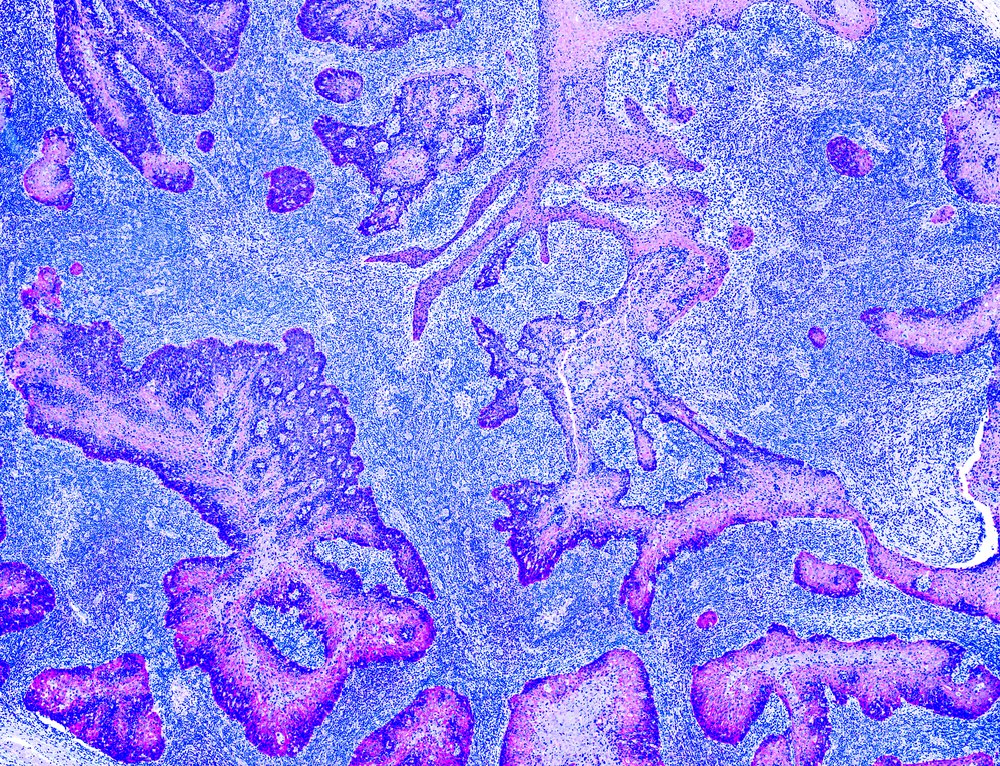Revolutionary Microrobot Technology Aims to Precisely Target Liver Tumors

In a groundbreaking advancement in the medical field, a team of Canadian scientists, spearheaded by Dr Gilles Soulez, a prominent radiologist from Montreal, has introduced a pioneering technique to enhance the treatment of liver tumours.
This innovative method leverages minuscule, magnetically guided microrobots within an MRI apparatus, marking a significant leap forward in medical technology.
The concept of deploying microscopic robots within the bloodstream to facilitate healing processes in the human body has long captivated the imagination of scientists and the public alike. Far from being mere science fiction, this concept involves the utilisation of tiny, biocompatible robots composed of magnetisable iron oxide nanoparticles. These robots are designed to be guided by an external magnetic field, enabling them to deliver treatments in a particular and localised manner.
Historically, the application of this technology faced a notable challenge. The gravitational force acting on these microrobots was found to be greater than the magnetic force that was intended to guide them. This discrepancy posed a significant hindrance, mainly when the target tumour was situated above the point of the robots' injection into the bloodstream. Despite the strong magnetic field generated by MRI devices, the magnetic gradients responsible for both navigation and the generation of MRI images were relatively weak.
Dr Soulez, a researcher affiliated with the CHUM Research Center and the head of the radiology, radio-oncology, and nuclear medicine department at the Université de Montréal, elucidated the innovative solution devised by his team to address this challenge. He said, "To solve this problem, we developed an algorithm that determines the position that the patient's body should be in for a clinical MRI to take advantage of gravity and combine it with the magnetic navigation force."
This ingenuity facilitates the microrobots' movement towards the arterial branches that supply the tumour and enhances their precision in reaching the intended treatment sites. Dr Soulez explained, "By varying the direction of the magnetic field, we can accurately guide them to sites to be treated and thus preserve the healthy cells."
This novel approach, detailed in a publication in Science Robotics, represents a significant paradigm shift in the techniques employed in interventional radiology for liver cancer treatment. Hepatocellular carcinoma, a prevalent form of liver cancer, accounts for approximately 700,000 deaths globally each year. The conventional treatment method, transarterial chemoembolisation, involves a highly skilled procedure that administers chemotherapy directly to the liver tumour's feeding artery and obstructs the tumour's blood supply using microcatheters under X-ray guidance.
Dr Soulez highlighted the advantages of the magnetic resonance navigation method, noting its compatibility with implantable catheters similar to those utilised in chemotherapy treatments. He emphasised the superior visualisation of tumour tumours via MRI compared to X-ray imaging, underscoring the potential benefits of this approach in clinical settings.
The research team, including collaborations with Sylvain Martel from Polytechnique Montreal and Urs O. Häfeli from the University of British Columbia, made significant strides in this field. The study’s first author, Ning Li, a postdoctoral fellow in Dr. Soulez's laboratory, played a crucial role in this research.
A critical component of this research involved the creation of an MRI-compatible microrobot injector, enabling the assembly of 'particle trains'—aggregates of the magnetisable microrobots. These aggregates possess a heightened magnetic force, facilitating more straightforward navigation and detection within MRI imagery.
The research team conducted trials on 12 pigs to emulate human anatomical conditions as closely as possible. These trials demonstrated the microrobots' ability to preferentially navigate the targeted branches of the hepatic artery and reach their designated destinations, as directed by the algorithm developed by the team.
Furthermore, the team employed an anatomical atlas of human livers to simulate microrobot navigation in 19 patients previously treated with transarterial chemoembolisation, covering thirty tumours in various liver locations. The simulations showed that in over 95% of cases, the tumours' locations were compatible with the navigation algorithm, enabling the microrobots to reach the targeted tumours effectively.
Despite these promising developments, Dr Soulez cautioned that the clinical application of this technology remains in the distant future. He outlined the following steps, which involve optimising the real-time navigation of the microrobots using artificial intelligence. This optimisation would involve detecting the microrobots' location within the liver and identifying blockages in the hepatic artery branches that feed the tumour.
The research team also models blood flow, patient positioning, and magnetic field direction. These models created using fluid flow simulation software, will help assess the impact of these parameters on the microrobots' transport to the target tumour, thereby enhancing the accuracy and effectiveness of this innovative treatment approach.
The advancement by Dr. Gilles Soulez's team introduces a transformative approach to liver cancer treatment, employing magnetically steered microrobots to deliver targeted therapy with unprecedented precision. By ingeniously combining gravitational and magnetic forces through a novel algorithm, this method promises enhanced efficacy while minimizing damage to healthy cells. While promising, its transition to clinical practice awaits further refinement, particularly in navigating the microrobots in real time with the aid of artificial intelligence.
COMPANIES TO WATCH:
CytImmune, Arrowhead Pharmaceuticals
Author:
Arnold Kristoff
Content Producer and Writer





